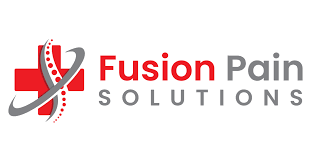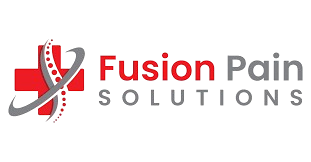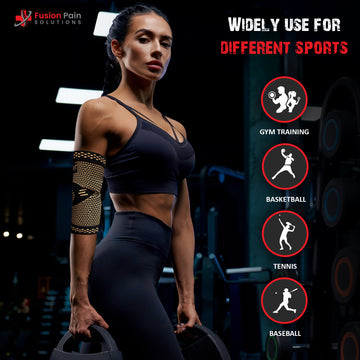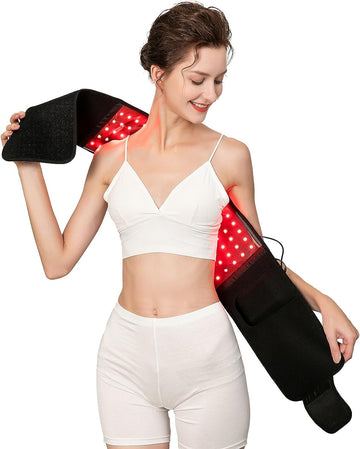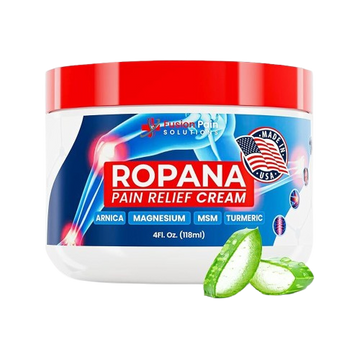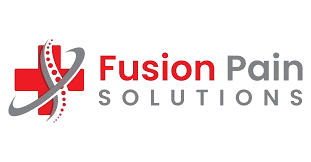Red Light 660nm vs 850nm: What’s the Difference?
Red light therapy has exploded in popularity as a safe, non-invasive way to relieve pain, rejuvenate skin, and support overall health. If you’ve researched devices, you’ve likely seen two common wavelengths mentioned: 660nm (red light) and 850nm (near-infrared light).
But what do these numbers mean? Why are they important? And which wavelength is best for your needs? Let’s dive into the science and benefits behind 660nm vs 850nm red light therapy.
Understanding Light Wavelengths
Light is measured in nanometers (nm), which describe its wavelength. Different wavelengths penetrate the body at different depths, producing unique biological effects.
-
660nm (Red Light) – Falls within the visible red spectrum. It penetrates about 8–10 mm into the skin, making it effective for surface-level healing.
-
850nm (Near-Infrared Light, NIR) – Falls within the invisible near-infrared spectrum. It penetrates 30–40 mm (sometimes deeper) into tissues, reaching muscles, joints, and even bones.
This difference in penetration explains why 660nm and 850nm are often combined in modern therapy devices.

The Science Behind Red & Infrared Light
Both 660nm and 850nm light stimulate mitochondria - the “powerhouse” of your cells. When your cells absorb these wavelengths, they produce more ATP (adenosine triphosphate), the energy your body needs to repair, regenerate, and reduce inflammation.
This process is called photobiomodulation (PBM) and is backed by over 5,000 clinical studies showing its effectiveness in reducing pain, accelerating healing, and improving overall function.

Benefits of 660nm Red Light
Because 660nm red light doesn’t penetrate deeply, its benefits are mainly surface and skin-level.
Key Benefits of 660nm:
-
🌱 Skin Rejuvenation – Stimulates collagen and elastin, improving texture and reducing wrinkles.
-
✨ Scar & Wound Healing – Speeds up recovery of cuts, burns, and acne scars.
-
🔥 Anti-Inflammatory – Calms redness, irritation, and inflammatory skin conditions.
-
💧 Improved Circulation – Increases blood flow in capillaries, enhancing nutrient delivery to skin cells.
Best Uses: Skincare, acne, fine lines, sun damage, and topical pain like bruising or minor injuries.
Benefits of 850nm Near-Infrared Light
850nm NIR light penetrates much deeper, making it a game-changer for pain relief and musculoskeletal health.
Key Benefits of 850nm:
-
💪 Muscle Recovery – Reduces soreness and accelerates post-workout recovery.
-
🦴 Joint & Bone Support – Helps with arthritis, back pain, and bone healing.
-
🧠 Cognitive Health – Some studies suggest NIR improves memory and brain function by increasing cerebral blood flow.
-
⚡ Nerve Repair – Supports regeneration of damaged nerves.
Best Uses: Arthritis, chronic pain, injuries, tendonitis, back or neck pain, and athletic recovery.
660nm vs 850nm: Which Is Better?
The answer depends on your goals:
-
✅ Choose 660nm if you want: skin health, acne reduction, scar healing, or improved complexion.
-
✅ Choose 850nm if you want: deep tissue pain relief, joint healing, or muscle recovery.
-
✅ Choose Both (660nm + 850nm) if you want: a complete solution that supports skin + deep tissue healing simultaneously.
Many high-quality devices (including those we recommend at Fusion Pain Solutions) combine both wavelengths, giving you the full spectrum of healing.
Why a Dual-Wavelength Device is Ideal
A device that uses both 660nm and 850nm ensures you don’t have to pick one benefit over the other. This dual approach allows you to:
-
Treat skin and deep pain at the same time
-
Reduce inflammation from both surface to joint level
-
Maximize recovery and long-term wellness
For someone with chronic pain and visible inflammation (like arthritis with swelling), a dual-wavelength red light device is the most effective option.
Frequently Asked Questions
1. Is 850nm better than 660nm?
Not necessarily—850nm penetrates deeper, but 660nm has proven benefits for skin and surface healing. They work best together.
2. Can you see 850nm light?
No, it’s invisible to the human eye, but your body still absorbs it. 660nm, on the other hand, is visible as a glowing red light.
3. How long does it take to see results?
For pain relief, some people notice results within 1–2 weeks of consistent use. For skin benefits, expect 4–8 weeks of regular sessions.
4. Is red light therapy safe?
Yes—research shows red and infrared light are non-invasive, drug-free, and safe when used properly.
The Takeaway
When comparing red light 660nm vs 850nm, the key difference is depth of penetration.
-
660nm (red light): Skin-level healing, anti-aging, scar repair
-
850nm (infrared): Deep tissue recovery, joint pain relief, cognitive support
-
Combined: The ultimate full-body solution
At Fusion Pain Solutions, we believe in treating chronic pain holistically. That’s why our devices harness both 660nm and 850nm wavelengths—giving you results you can feel on the inside and see on the outside.
